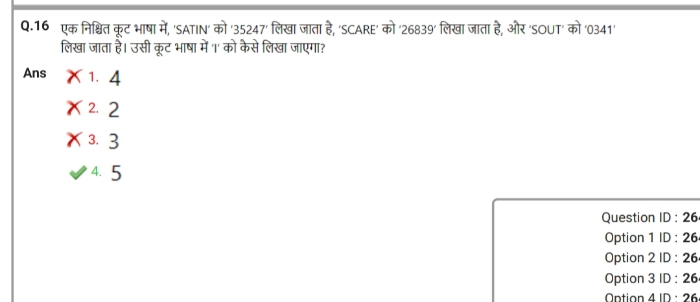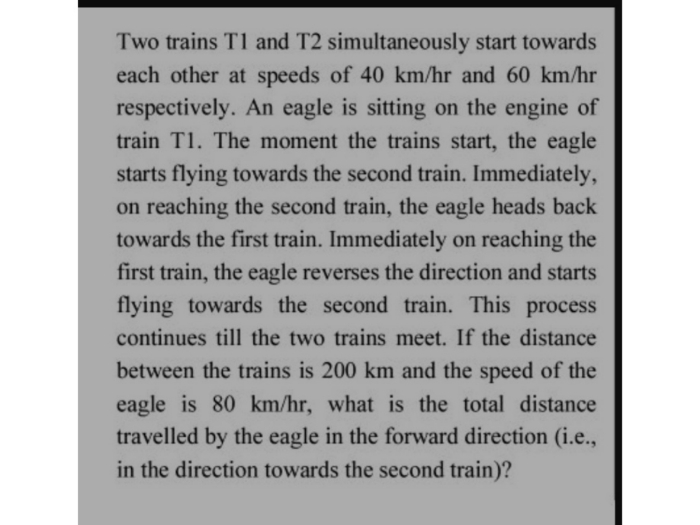Mathematical Reasoning
Mathematical Reasoning PDF Notes, Important Questions and Synopsis
SYNOPSIS
- Statement:
A sentence is called a mathematically acceptable statement if it is either true or false but not both. - Negation of a statement:
The denial of a statement is called the negation of the statement. - Compound statements:
Statements which are obtained by combining one or more statements using some connecting words like ‘and’, ‘or’ etc. - The words ‘and’ and ‘or’ are called connectives.
- Compound statements with ‘and’:
- The compound statement with ‘and’ is true if all its component statements are true.
- The compound statement with ‘and’ is false if any of its component statements is false (this includes the case that some of its component statements are false or all of its component statements are false).
- Compound statement with ‘or’:
- A compound statement with ‘or’ is true when one component statement is true or both component statements are true.
- A compound statement with ‘or’ is false when both component statements are false.
- Quantifiers:
Quantifiers are phrases like ‘There exists’ and ‘For all’. -
Implications
‘if–then’, ‘only if’ and ‘if and only if’
If p then q is the same as the following:- p implies q is denoted by p⇒ q.
The symbol ⇒ stands for implies. This says that a number is a multiple of 4 implies that it is a multiple of 2. - p is a sufficient condition for q. This says that knowing that a number as a multiple of 4 is sufficient to conclude that it is a multiple of 2.
p only if q
- This says that a number is a multiple of 4 only if it is a multiple of 2.
- q is a necessary condition for p. This says that when a number is a multiple of 4, it is necessarily a multiple of 2.
- ∼q implies ∼p. This says that if a number is not a multiple of 2, then it is not a multiple of 4.
- p implies q is denoted by p⇒ q.
-
Contrapositive of the statement:
The contrapositive of the statement: if p then q is ‘if ∼q then ∼p’.
Example:
Statement: If you are born in India, then you are a citizen of India.
Contrapositive: If you are not a citizen of India, then you were not born in India.
Note that both these statements convey the same meaning. -
Converse of the statement:
The converse of a given statement: if p then q is ‘if q then p’.
Example:
Statement: If a number n is even, then n2 is even.
Converse: If a number n2 is even, then n is even. -
Validating statements:
- Rule 1
Statements with ‘and’
If p and q are mathematical statements, then in order to show that the statement ‘p and q’ is true, the following steps are followed.
Step 1: Show that the statement p is true.
Step 2: Show that the statement q is true. - Rule 2
Statements with ‘or’
If p and q are mathematical statements, then in order to show that the statement ‘p or q’ is true, one must consider the following:
Case 1: By assuming that p is false, show that q must be true.
Case 2: By assuming that q is false, show that p must be true. - Rule 3
Statements with ‘If–then’
To prove the statement ‘if p then q’, we need to show that any one of the following cases is true.
Case 1: By assuming that p is true, prove that q must be true. (Direct method)
Case 2: By assuming that q is false, prove that p must be false. (Contrapositive method) - Rule 4
Statements with ‘if and only if’
In order to prove the statement ‘p if and only if q’, we need to show- If p is true, then q is true.
- If q is true, then p is true.
-
By contradiction
To check whether a statement p is true, we assume that p is not true, i.e. ∼p is true. Then, we arrive at some result which contradicts our assumption. Therefore, we conclude that p is true.
Related Chapters
- Sets, Relations and Functions
- Complex Numbers and Quadratic Equations
- Matrices and Determinants
- Permutations and Combinations
- Mathematical Induction
- Binomial Theorem and its Simple Applications
- Sequences and Series
- Limit, Continuity and Differentiability
- Integral Calculus
- Differential Equations
- Co-ordinate Geometry
- Three Dimensional Geometry
- Vector Algebra
- Statistics and Probability
- Trigonometry



